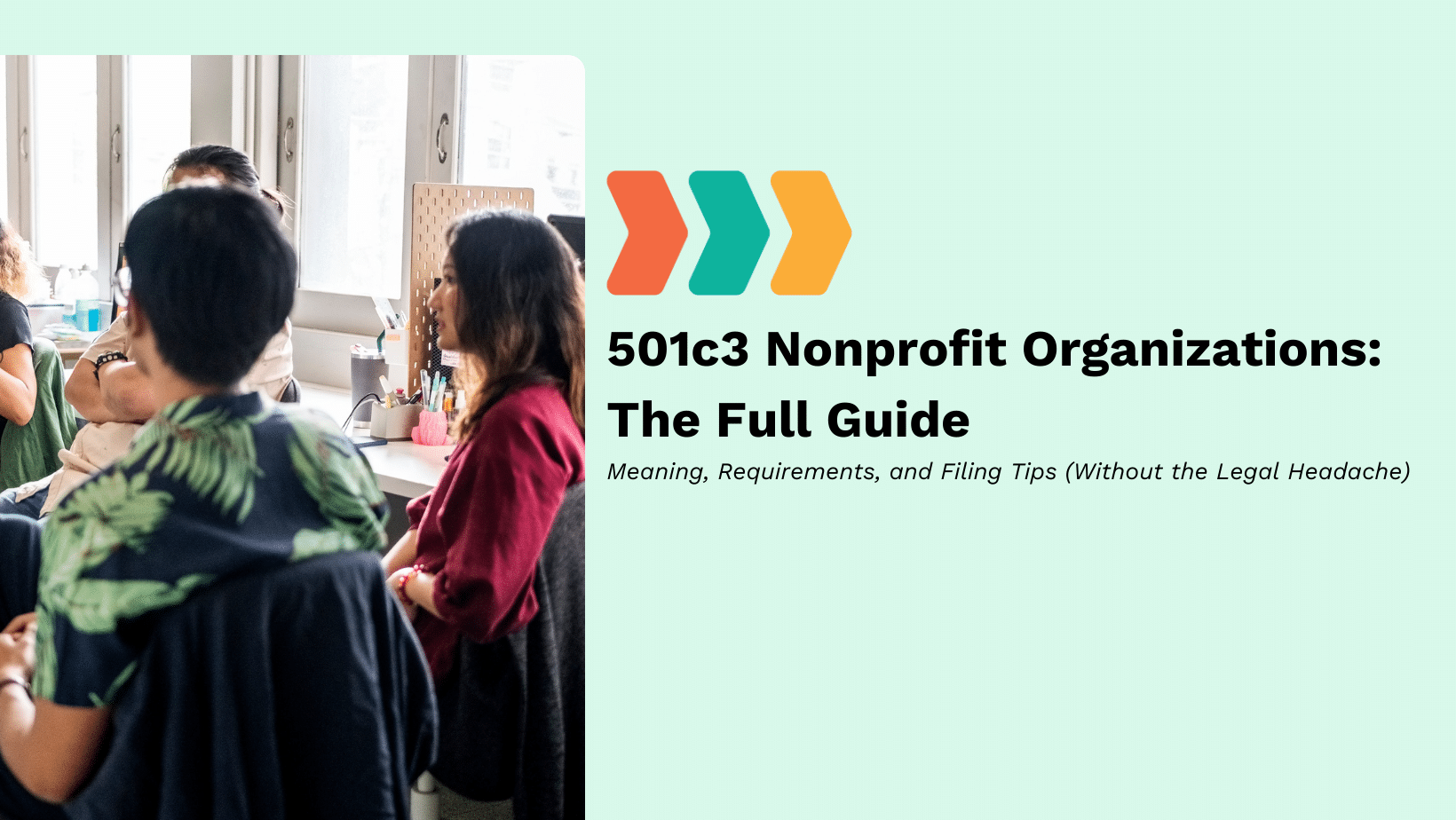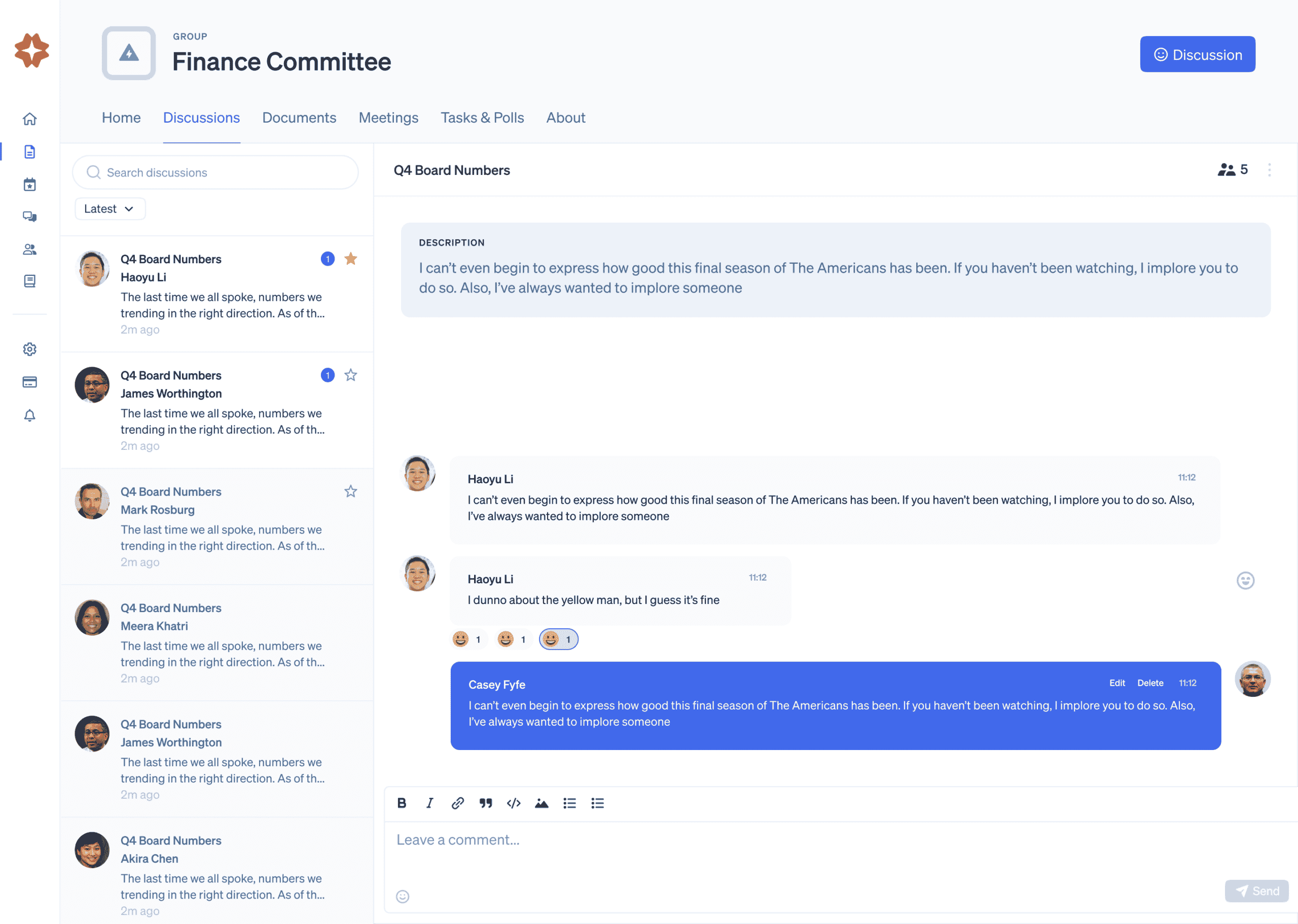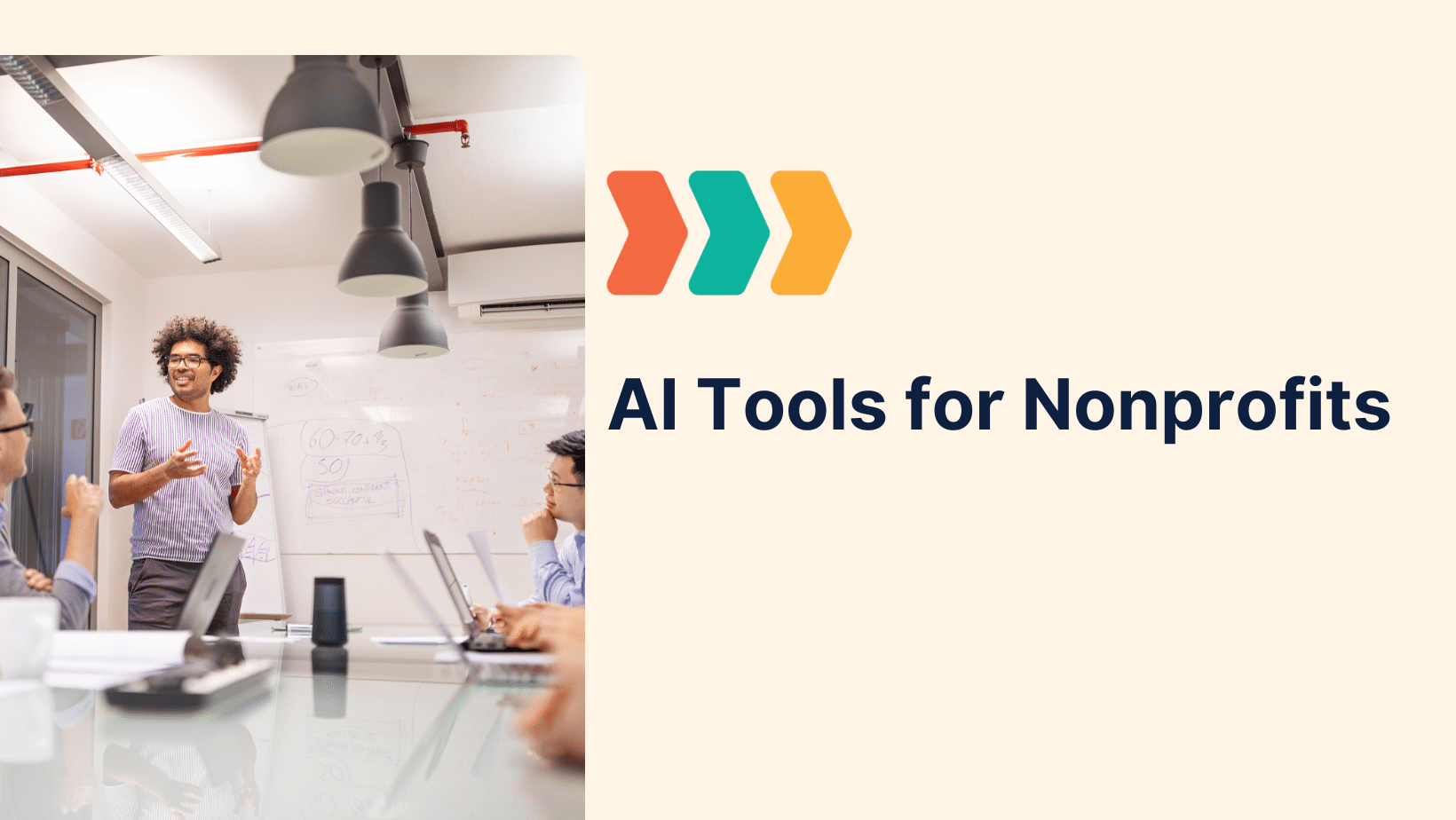Ever wonder what a 501(c)(3) or 501c3 nonprofit actually is, besides sounding like scientific code? Behind that string of numbers and parentheses is a powerful designation that opens doors for organizations doing meaningful work in their communities.
In this article, we’ll break down exactly what a 501c3 nonprofit is, who qualifies, and why it matters—not just for founders and board members, but for donors, volunteers, and everyday supports. Whether you’re launching a new nonprofit, serving on a board, or simply curious about how charitable organizations operate, this guide will give you the clarity (and confidence) you need.
Let’s break down the code and explore how becoming a 501c3 can fuel your mission and how to stay compliant once you’re there.
What Is a 501c3 Nonprofit?
A 501(c)(3) nonprofit organization is a tax-exempt organization recognized by the Internal Revenue Service (IRS) under Section 501(c)(3) of the Internal Revenue Code. These entities operate for charitable, educational, religious, scientific, or literary purposes and must meet specific criteria to maintain their nonprofit status.
When approved, a 501(c)(3) nonprofit doesn’t pay federal income tax on revenue that supports its mission. Donors to these organizations can also deduct their contributions from their own taxable income. That’s a win-win: your organization gets the funds it needs, and donors enjoy a financial incentive to support your cause. Most public charities and private foundations that people interact with daily—food banks, scholarship funds, animal rescues, etc.—are 501(c)(3) nonprofits.
Who Qualifies for 501c3 Status?
To qualify, an organization must be structured and operated exclusively for exempt purposes. The IRS outlines a broad range of activities that meet this threshold—but simply “doing good work” isn’t enough. Your nonprofit must demonstrate that it exists to benefit the general public, not just specific individuals, interest groups, or board members.
Examples of qualifying missions include relieving poverty, advancing educational opportunities, defending civil rights, or preventing cruelty to animals and children. Organizations that work to promote public health, reduce juvenile delinquency, or improve community well-being also often qualify. You must clearly state your mission and prove, through both your formation documents and your operations, that your nonprofit’s purpose fits within one or more of these exempt categories.
Importantly, nonprofits aren’t allowed to distribute profits to insiders, also known as “private inurement.” All financial resources must be used to further your mission. The IRS may deny or revoke your tax-exempt status if your organization benefits private individuals or engages in significant political activity.
Public Charities vs. Private Foundations
Although both public charities and private foundations are considered 501c3 nonprofit organizations, the IRS treats them differently when it comes to operations, funding sources, and reporting requirements.
Public Charities
Public charities typically receive a significant portion of their funding from the general public or government grants. They are more likely to operate direct programs such as educational workshops, food drives, or after-school programs. To remain classified as a public charity, an organization must meet the “public support test,” which ensures that it is not too reliant on a small number of donors.
Private Foundations
Private foundations, on the other hand, usually receive their funding from a single source, such as a family, corporation, or individual. These organizations focus on grantmaking—disbursing funds to other nonprofits or individuals for charitable work. Because of their funding structure, private foundations are subject to stricter oversight, including limitations on self-dealing, minimum distribution requirements, and excise taxes on investment income.
Both types of 501c3 organizations are crucial to the nonprofit ecosystem, but each comes with its own responsibilities and benefits. Understanding where your organization fits can help ensure proper governance and IRS compliance.
How to Apply for 501c3 Status
Becoming a 501c3 organization begins with careful planning and legal structuring. Before filing with the IRS, your nonprofit must first be established as a legal entity in your state. That means filing your Articles of Incorporation, selecting a board of directors, and adopting bylaws to govern how the organization will operate.
Once your nonprofit is legally formed, the next step is applying for federal tax-exempt status. Most organizations will use either Form 1023 or the Form 1023-EZ. The standard Form 1023 is comprehensive and requires a detailed breakdown of your nonprofit’s purpose, financials, planned activities, board members, and governance structure. It’s designed for organizations with more complex operations or anticipated revenues over $50,000 per year.
For smaller, more straightforward nonprofits, the Form 1023-EZ offers a streamlined, online application that significantly reduces paperwork and processing time. However, not all nonprofits qualify for the EZ form, so it’s essential to check your eligibility using the IRS’s screening tool.
Regardless of the form you choose, you’ll need to submit supporting documentation—such as your mission statement, projected budget, and operational plan—along with an IRS filing fee. Applications are submitted via Pay.gov, and processing can take anywhere from a few weeks to several months.
What Happens After You’re Approved?
Receiving 501c3 status is a major milestone, but it comes with ongoing responsibilities. To maintain your tax-exempt status, you must file an annual return with the IRS—usually Form 990, 990-EZ, or 990-N, depending on your revenue and organizational size. This return provides transparency around your finances, governance, and activities.
In addition to IRS filings, you’ll need to keep accurate records of board meetings, financial transactions, and major decisions. The IRS expects nonprofits to operate with the same level of accountability as for-profit businesses—if not more so. Transparency is not just a compliance requirement; it’s also vital to building trust with donors, grantmakers, and the communities you serve.
It’s also important to ensure your programs stay aligned with your stated mission. If your organization veers into unrelated business activities or begins lobbying extensively, you risk violating the terms of your tax exemption. Small missteps can add up quickly, leading to penalties or even revocation of your status.
The Board’s Role in Compliance and Governance
Behind every successful 501c3 nonprofit is a board directors that understands its role and takes it seriously. The board is legally responsible for ensuring that the organization fulfills its mission, manages resources effectively, and operates within the bounds of the law.
This includes approving budgets, reviewing financial statements, hiring and evaluating executive leadership, and maintaining ethical standards. Board members must exercise fiduciary duty—meaning they are expected to act with care and loyalty to the organization’s purpose.
Strong governance keeps you in good standing with the IRS and strengthens your organization’s capacity to lead, grow, and secure funding. A well-run board can be powerful for mission alignment, strategic clarity, and community impact.
How Boardable Helps Nonprofits Succeed
Running a nonprofit means juggling a lot of responsibilities—and staying compliant with tax laws and governance requirements is a big one. From documenting board decisions and tracking meeting minutes to reviewing budgets and maintaining financial transparency, there’s a lot to keep organized. The good news? Staying on top of it all doesn’t have to be overwhelming.
That’s where Boardable comes in. Our all-in-one board management platform is built specifically for nonprofits, helping your team simplify board operations and stay aligned with your mission.
With Boardable, you can schedule meetings with ease, securely share documents, assign and track tasks, and keep clear, accessible records of board activity—all in one place. It’s not just about saving time (though it definitely helps with that); it’s about creating a culture of transparency and accountability that supports compliance and strengthens trust.
Whether you’re just starting out with Form 1023, preparing your annual Form 990, or getting ready for a big grant opportunity, Boardable gives your board the tools to stay focused, organized, and mission-driven. It’s everything you need to go from nonprofit startup to standout—with less stress and more clarity.
Your 501c3 Starter Checklist: From Filing to Flourishing
Want to make sure your nonprofit is on the right track? We’ve created a free, easy-to-follow checklist that covers everything from formation to federal filing—and beyond.




